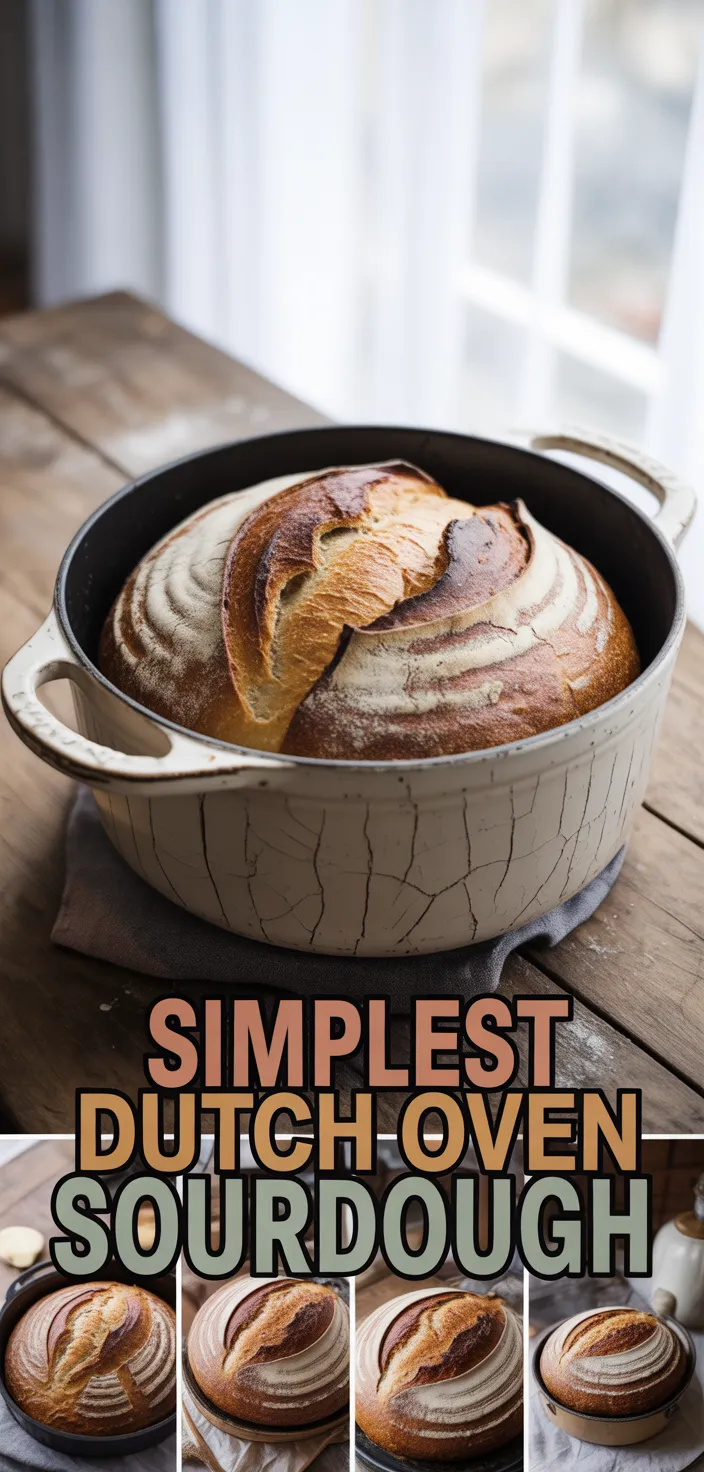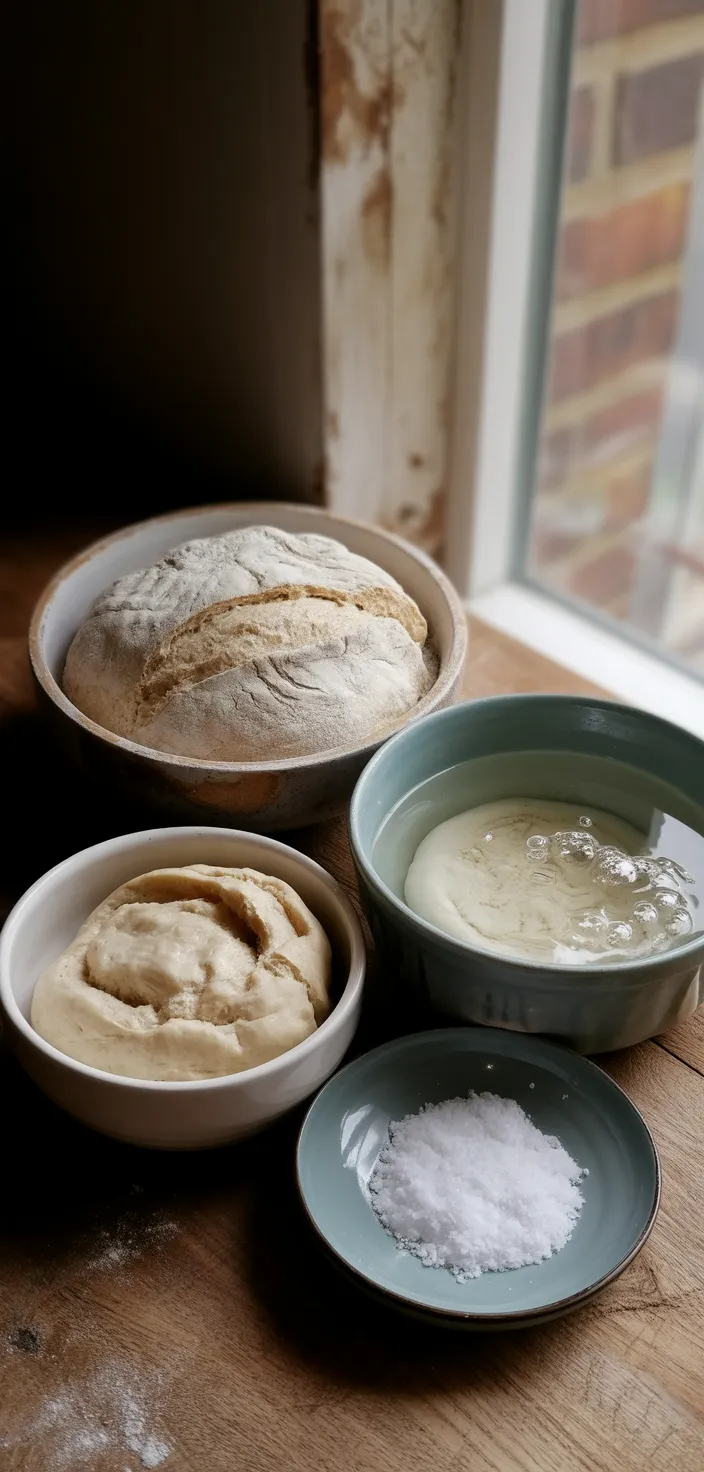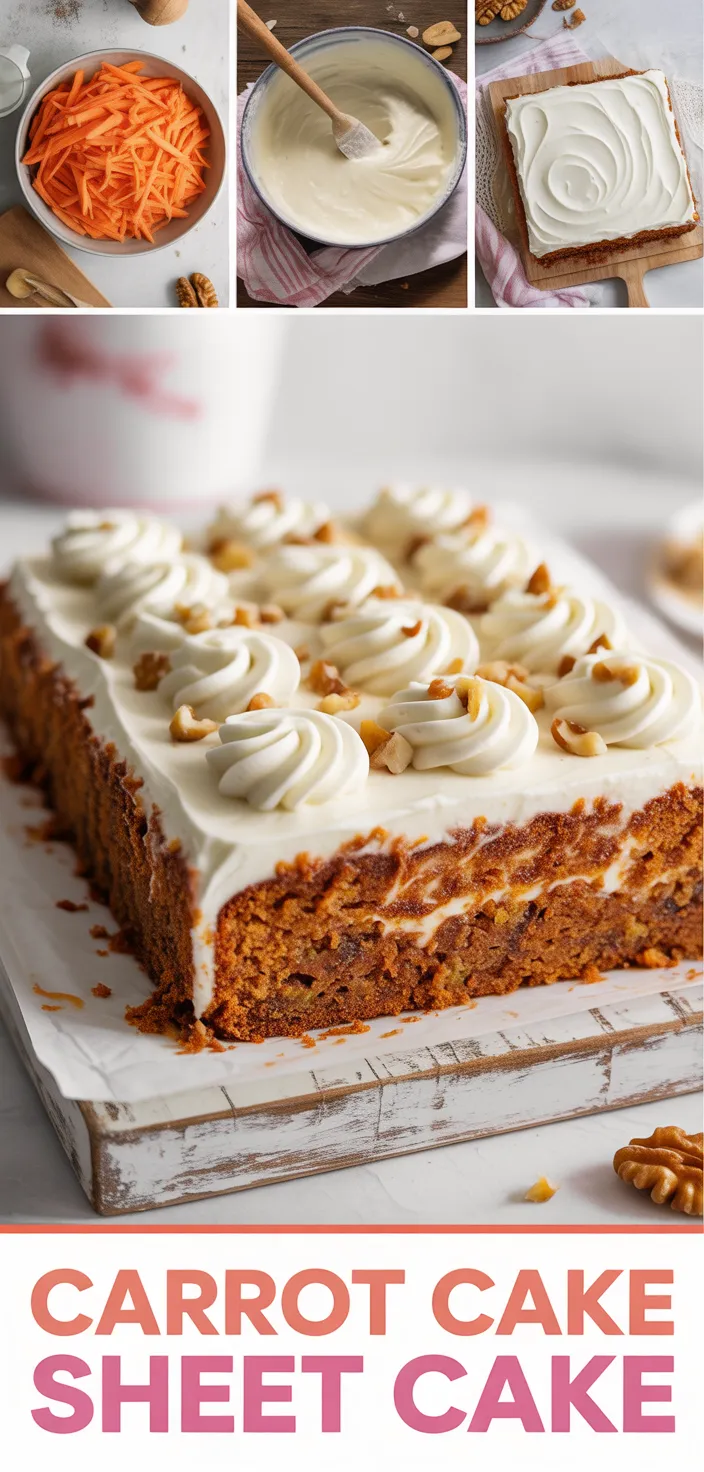This beginner-friendly sourdough recipe transforms simple ingredients into a delightful artisan loaf. The natural starter adds a tangy depth to the flavor, while the dutch oven creates an irresistibly crisp crust and airy interior. Enjoy a charming, rustic bread that boasts both visual appeal and mouthwatering taste with every slice.

I’ve always loved sourdough bread and this recipe, The Simplest Sourdough In A Dutch Oven, is a game changer for beginners like me. I start by mixing 500g of bread flour (unbleached works best if you can get it) with 375g of lukewarm water, 100g of my active sourdough starter and 10g salt.
The beauty of this recipe is in its simplicity and nutritional value; its high complex carbohydrate content makes it a wholesome choice. Cooking it in a dutch oven gives the bread its irresistible crispy crust and soft, fluffy inside.
Even though there are lots of ways to make crusty bread without a dutch oven or try no oven stovetop bread, nothing beats the flavor and texture you get from this traditional method. I find that trying out different methods like artisan bread without a dutch oven is fun, but this recipe stays true to its roots and keeps things easy.
Enjoy baking!
Why I Like this Recipe
I really love this recipe because:
1. I like how simple it is to follow – even if you’re a beginner, every step makes sense and isn’t too overwhelming.
2. I enjoy the hands-on process like the stretch and folds during fermentation, which makes me feel like I’m actually learning and improving my baking skills.
3. I appreciate how it produces a bread that’s got a crispy crust and really fluffy inside, making every bite feel satisfying.
4. I dig that it only requires minimal ingredients and tools, so it’s not a huge hassle to whip up a tasty loaf.
If you’re just getting into baking, this recipe is perfect for you. First you mix 500g bread flour, 375g lukewarm water, and 100g active sourdough starter until there are no dry bits left and then let it rest for about 30 minutes so the autolyse can happen. Next, you add 10g of salt and work it in with your hands until it feels like it’s evenly blended.
After that, cover the bowl with a damp cloth and let the dough ferment for about 3 to 4 hours. Every hour, do a few sets of stretch and folds to help develop the gluten. When the dough has roughly doubled in size, tip it onto a lightly floured surface and gently shape it into a ball. Then, put the shaped dough into a well-floured bowl or banneton and cover it up. Let it proof for another 1 to 2 hours until it looks puffy.
While you’re waiting, preheat your oven with a dutch oven inside to 450°F (232°C) for at least 30 minutes. When its ready, carefully transfer the dough into the hot dutch oven using a well-floured spatula or your hands if you’re confident. Cover it with a lid and bake the bread for 20 minutes. After that, remove the lid and bake for another 20 to 25 minutes until you see a crispy, golden crust. Finally, take the bread out and let it cool on a rack for at least an hour before you slice and enjoy your crispy, fluffy sourdough.
It ain’t rocket science, but the result definitely feels like a treat every time!
Ingredients

- Unbleached bread flour is nutrient-rich, offering essential carbohydrates and dietary fiber.
- Its protein content develops gluten for dough strength and texture.
- Lukewarm water activates gluten formation and dissolves ingredients evenly.
- Temperature optimizes natural yeast performance for proper fermentation.
- Active sourdough starter brings tanginess and natural leavening with wild yeast.
- It contributes beneficial bacteria that promote digestion and flavor complexity.
- Salt controls fermentation speed, enhances flavor, and develops stronger dough structure.
- Together, these ingredients create a balanced, flavorful, and healthy sourdough masterpiece.
- Nutrients support digestion while natural fermentation produces a uniquely sour taste.
- Experience a rustic creation filled with wholesome goodness.
Ingredient Quantities
- 500g bread flour (unbleached is best if you can get it)
- 375g lukewarm water
- 100g active sourdough starter
- 10g salt
How to Make this
1. In a large bowl mix the 500g bread flour with 375g lukewarm water and 100g active sourdough starter until no dry bits remain. Let it rest for about 30 minutes to start the autolyse.
2. After the rest, add the 10g salt and work it into the dough by mixing with your hands until it feels evenly blended.
3. Cover the bowl with a damp cloth and let the dough bulk ferment for about 3 to 4 hours. Every hour, do a few sets of stretch and folds to help develop the gluten.
4. Once the dough has roughly doubled in size, tip it onto a lightly floured surface and gently shape it into a ball.
5. Put the shaped dough into a well-floured bowl or banneton and cover it. Let it proof for another 1 to 2 hours until it looks puffy.
6. Preheat your oven with the dutch oven inside to 450°F (232°C) for at least 30 minutes.
7. Carefully transfer the proofed dough into the hot dutch oven. It helps to use a well-floured spatula or your hands if you’re confident.
8. Put the lid on and bake the bread for 20 minutes.
9. After 20 minutes, remove the lid and bake for another 20 to 25 minutes until the crust is crispy and golden.
10. Take the bread out and let it cool on a rack for at least an hour before slicing and enjoying your crispy, fluffy sourdough.
Equipment Needed
1. Large mixing bowl
2. Digital scale
3. Kitchen towel or damp cloth
4. Timer or clock
5. Lightly floured work surface (like a countertop)
6. Banneton or a well-floured bowl for shaping the dough
7. Dutch oven
8. Oven (preheated to 450°F)
9. Spatula or dough scraper
10. Cooling rack
These are the main tools you’ll need to make your sourdough. Make sure you have everything ready before you start so you’re not scrambling mid-bake.
FAQ
The Simplest Sourdough In A Dutch Oven Recipe Substitutions and Variations
- You can swap the bread flour for all purpose flour if you dont have any. Some bakers mix in a bit of whole wheat for extra flavor.
- If you dont have lukewarm water, go for room temperature water. Just keep in mind your dough may take a bit longer to rise.
- Instead of an active sourdough starter, you can use a bit of commercial yeast. For every 100g starter, try using about 1/4 teaspoon of yeast mixed with extra flour and water. This may change the flavor a bit though.
- You can replace the regular salt with kosher salt. Since its milder, you might want to use a little less salt to avoid an overly salty dough.
Pro Tips
1. Make sure your sourdough starter is super active before you begin. If it isn’t bubbly and tangy, give it more feeding time so you get that good rise and flavor in your bread.
2. When handling your dough, be gentle. Instead of heavy kneading, use a light stretch and fold method every hour during bulk fermentation. This helps develop gluten without overworking it, and you can get a nicer crumb that way.
3. If your dough feels too sticky, don’t panic. Lightly dust your work surface and your hands with flour. Just be careful not to add too much flour, as it might make your bread denser.
4. For an extra crispy crust, make sure your dutch oven is piping hot before you put the dough in. Preheating the oven and dutch oven well can make a big difference in the final texture of your bread.
The Simplest Sourdough In A Dutch Oven Recipe
My favorite The Simplest Sourdough In A Dutch Oven Recipe
Equipment Needed:
1. Large mixing bowl
2. Digital scale
3. Kitchen towel or damp cloth
4. Timer or clock
5. Lightly floured work surface (like a countertop)
6. Banneton or a well-floured bowl for shaping the dough
7. Dutch oven
8. Oven (preheated to 450°F)
9. Spatula or dough scraper
10. Cooling rack
These are the main tools you’ll need to make your sourdough. Make sure you have everything ready before you start so you’re not scrambling mid-bake.
Ingredients:
- 500g bread flour (unbleached is best if you can get it)
- 375g lukewarm water
- 100g active sourdough starter
- 10g salt
Instructions:
1. In a large bowl mix the 500g bread flour with 375g lukewarm water and 100g active sourdough starter until no dry bits remain. Let it rest for about 30 minutes to start the autolyse.
2. After the rest, add the 10g salt and work it into the dough by mixing with your hands until it feels evenly blended.
3. Cover the bowl with a damp cloth and let the dough bulk ferment for about 3 to 4 hours. Every hour, do a few sets of stretch and folds to help develop the gluten.
4. Once the dough has roughly doubled in size, tip it onto a lightly floured surface and gently shape it into a ball.
5. Put the shaped dough into a well-floured bowl or banneton and cover it. Let it proof for another 1 to 2 hours until it looks puffy.
6. Preheat your oven with the dutch oven inside to 450°F (232°C) for at least 30 minutes.
7. Carefully transfer the proofed dough into the hot dutch oven. It helps to use a well-floured spatula or your hands if you’re confident.
8. Put the lid on and bake the bread for 20 minutes.
9. After 20 minutes, remove the lid and bake for another 20 to 25 minutes until the crust is crispy and golden.
10. Take the bread out and let it cool on a rack for at least an hour before slicing and enjoying your crispy, fluffy sourdough.















